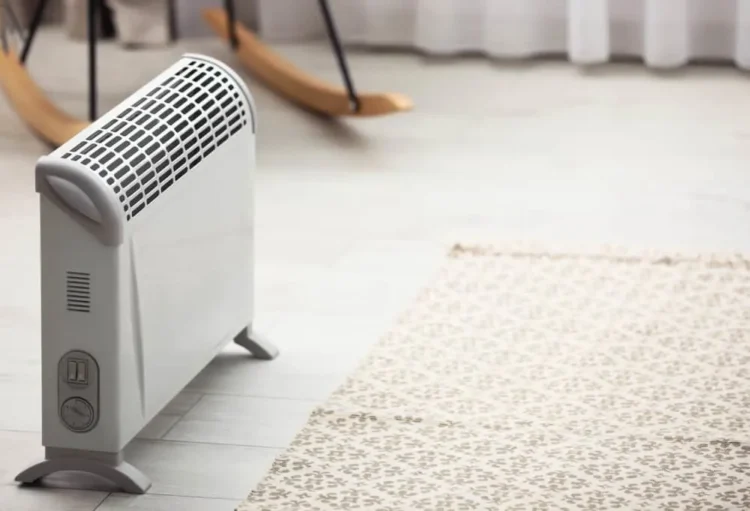Types of Indoor Heaters: A Comprehensive Guide

As the weather gets colder, many people turn to indoor heaters to keep their homes warm and comfortable. However, with so many different types of indoor heaters on the market, it can be difficult to know which one is right for your needs. In this article, we will provide a comprehensive guide to the most common types of indoor heaters, including their pros and cons, so you can make an informed decision.
1. Electric Heaters
Electric heaters are one of the most popular types of indoor heaters. They are easy to use and come in a variety of sizes and styles, from small portable heaters to larger units designed to heat entire rooms. Electric heaters work by converting electricity into heat, which is then dispersed into the room.
One of the main advantages of electric heaters is that they are very efficient. They can quickly heat up a room and maintain a consistent temperature without using a lot of energy. They are also very safe, as they do not produce any flames or emissions that could be harmful.
However, electric heaters can be expensive to run, especially if you use them for long periods of time. They also tend to dry out the air in a room, which can be uncomfortable for some people.
2. Gas Heaters
Gas heaters are another popular option for indoor heating. They use natural gas or propane to produce heat, which is then distributed throughout the room. Gas heaters come in a variety of styles, including freestanding units and wall-mounted models.
One of the main advantages of gas heaters is that they are very efficient and can quickly heat up a room. They are also relatively inexpensive to run, especially if you have access to natural gas. Gas heaters are also very safe, as they do not produce any emissions that could be harmful.
However, gas heaters can be expensive to install, especially if you need to have a gas line installed in your home. They also require regular maintenance to ensure that they are functioning properly and do not pose a safety risk.
3. Oil Heaters
Oil heaters are another popular option for indoor heating. They use oil to produce heat, which is then dispersed throughout the room. Oil heaters come in a variety of styles, including portable units and larger models designed to heat entire rooms.
One of the main advantages of oil heaters is that they are very efficient and can quickly heat up a room. They are also relatively inexpensive to run, especially if you use them for short periods of time. Oil heaters are also very safe, as they do not produce any flames or emissions that could be harmful.
However, oil heaters can be expensive to purchase, especially if you need a larger unit to heat an entire room. They also require regular maintenance to ensure that they are functioning properly and do not pose a safety risk.
4. Radiant Heaters
Radiant heaters are a type of electric heater that work by emitting infrared radiation, which heats up objects in the room rather than the air itself. Radiant heaters come in a variety of styles, including portable units and larger models designed to heat entire rooms.
One of the main advantages of radiant heaters is that they are very efficient and can quickly heat up a room. They are also very safe, as they do not produce any flames or emissions that could be harmful. Radiant heaters are also very quiet, making them a good option for bedrooms or other quiet spaces.
However, radiant heaters can be expensive to purchase, especially if you need a larger unit to heat an entire room. They also tend to dry out the air in a room, which can be uncomfortable for some people.
Conclusion
In conclusion, there are many different types of indoor heaters available on the market, each with its own pros and cons. Electric heaters are efficient and safe, but can be expensive to run. Gas heaters are efficient and relatively inexpensive, but can be expensive to install. Oil heaters are efficient and safe, but can be expensive to purchase. Radiant heaters are efficient and safe, but can be expensive to purchase and tend to dry out the air in a room.
When choosing an indoor heater, it is important to consider your specific needs and budget. Think about the size of the room you need to heat, how often you will be using the heater, and what type of fuel source is available in your home. By taking these factors into account, you can choose the right indoor heater to keep your home warm and comfortable throughout the winter months.







